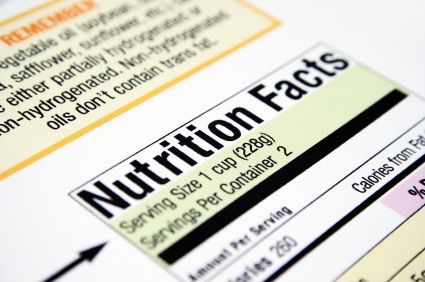Codex: Will Biofortification Open the Backdoor for GMO Crops Worldwide?
Codex Alimentarius is a joint project of the UN’s Food and Agriculture Organization and the World Health Organization. It’s a collection of internationally adopted food standards and guidelines intended to facilitate global trade. There are a number of specialized subcommittees whose recommendations are formally adopted by the Codex Executive Committeem including the Codex Committee on Nutrition and Foods for Special Dietary Uses (CCNFSDU). One of the CCNFSDU’s tasks is to set “Nutrient Reference Values (NRVs) for Food Labeling Purposes.” Translation: NRVs are the intake levels of nutrients deemed adequate to meet the needs of most people through fortification of these foods. According to most natural health experts, the NRVs set by the CCNFSDU are far too low for maintaining optimal health, much less correcting nutrient-based deficiencies and imbalances. Biofortification is the breeding of crops to increase their nutritional value. It differs from ordinary fortification, because it focuses on making crops more nutritious as they grow, rather than during processing. Biofortification can either be achieved conventionally—via traditional breeding techniques—or through genetic engineering. Essentially, this could be a backdoor method to releasing new GMOs crops onto the international market without proper vetting or labeling.





